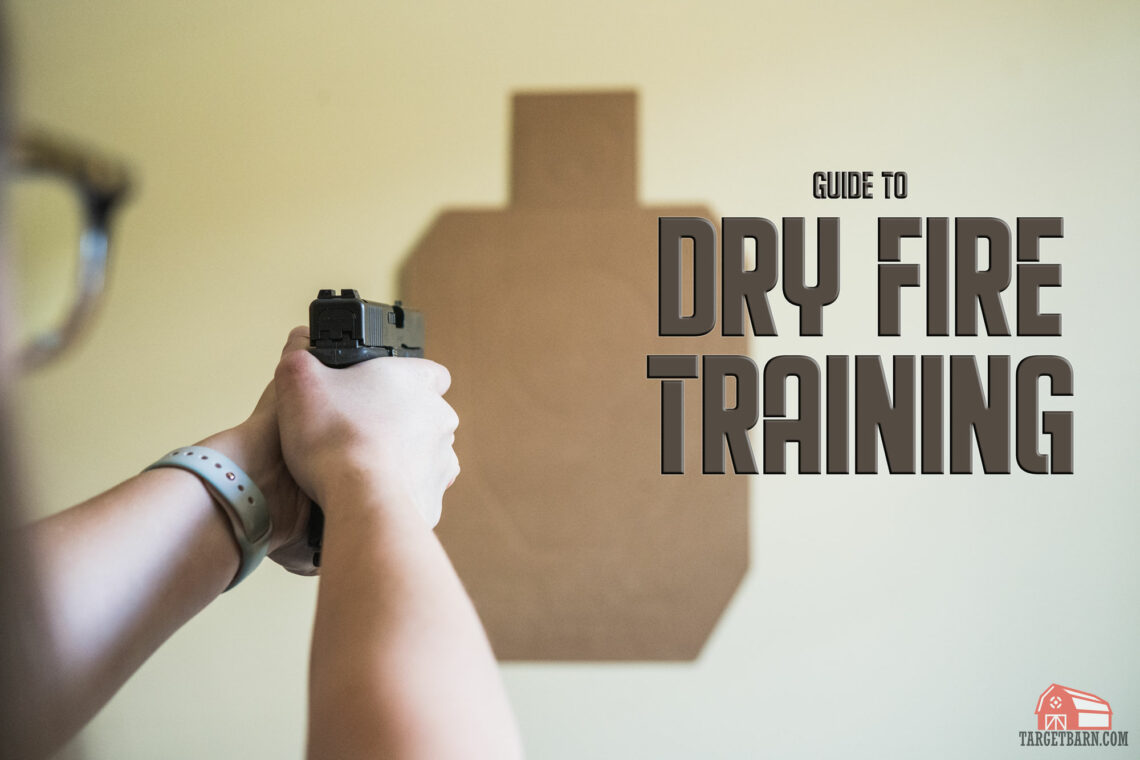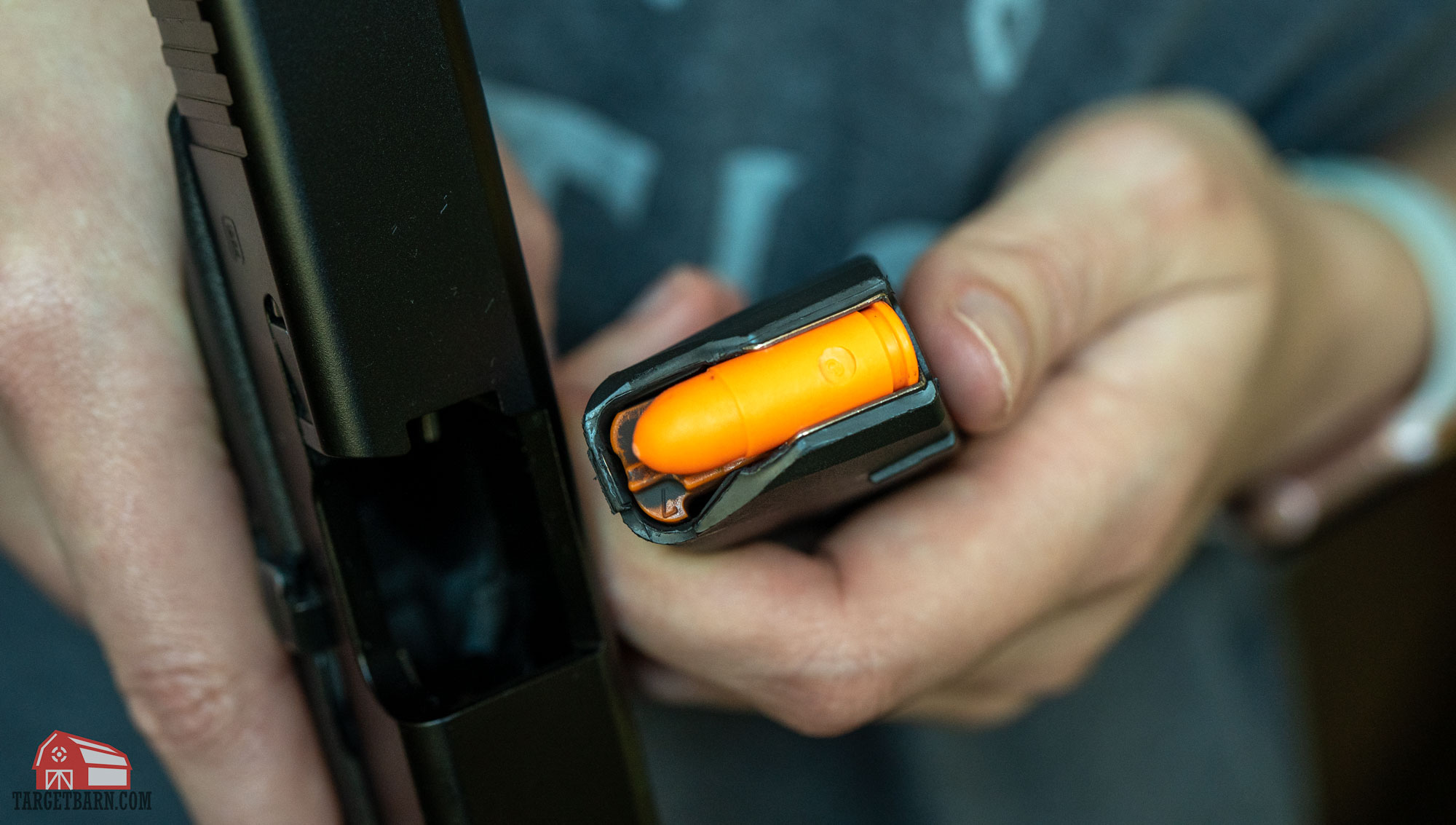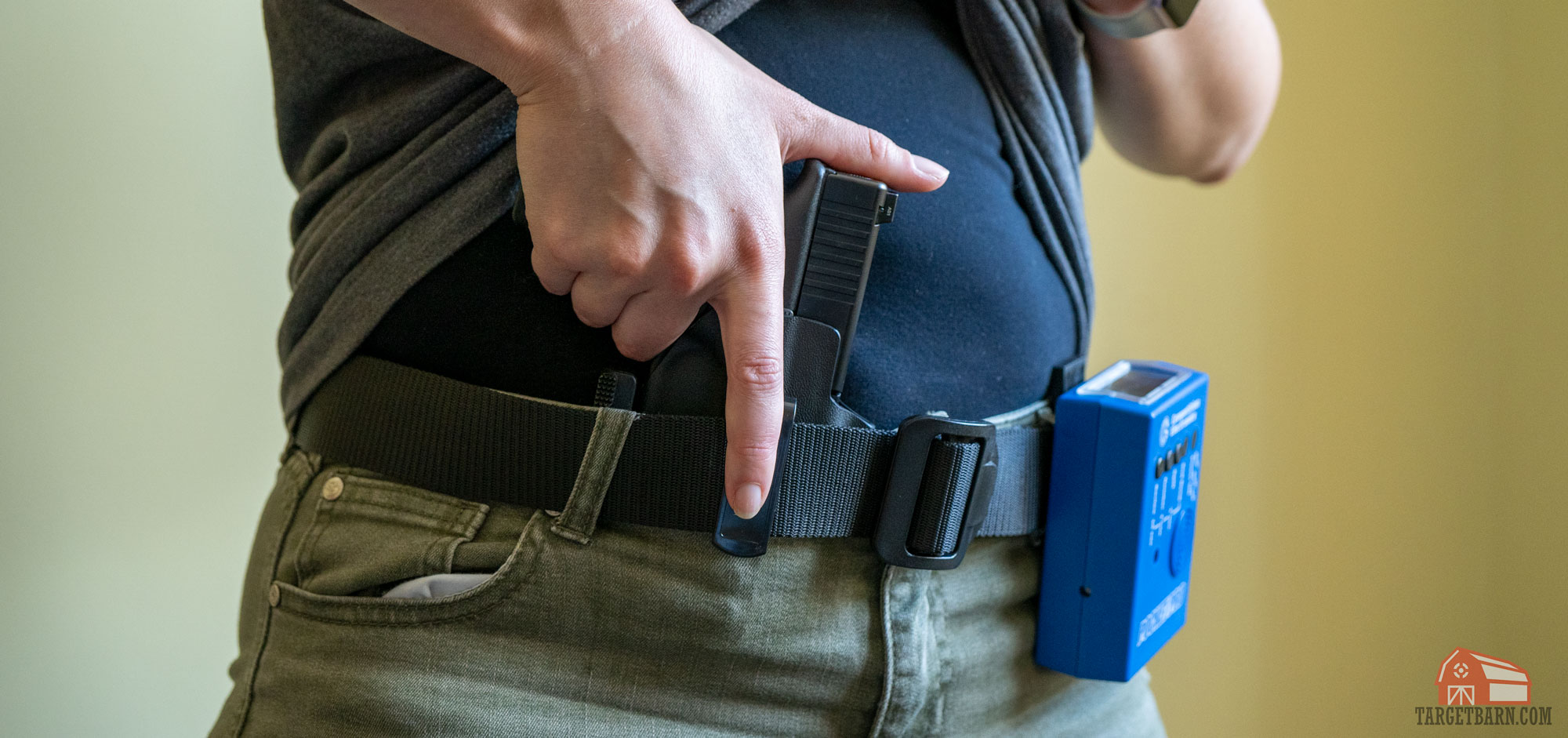Let’s face it, if you get to the range as often as you want, it’s expensive. Even at cheap prices, it’s easy to blast through a couple hundred bucks a month. So, what do you do if you want to train but don’t want to dip into your precious supply of Civil Unrest Preparedness 9mm ammo? You do dry fire training. If you’re a new gun owner, this might be your first time hearing about dry fire, and if you’re a seasoned gun owner, this might be the first time you’re trying to figure out how to dry fire.
What is Dry Fire Training?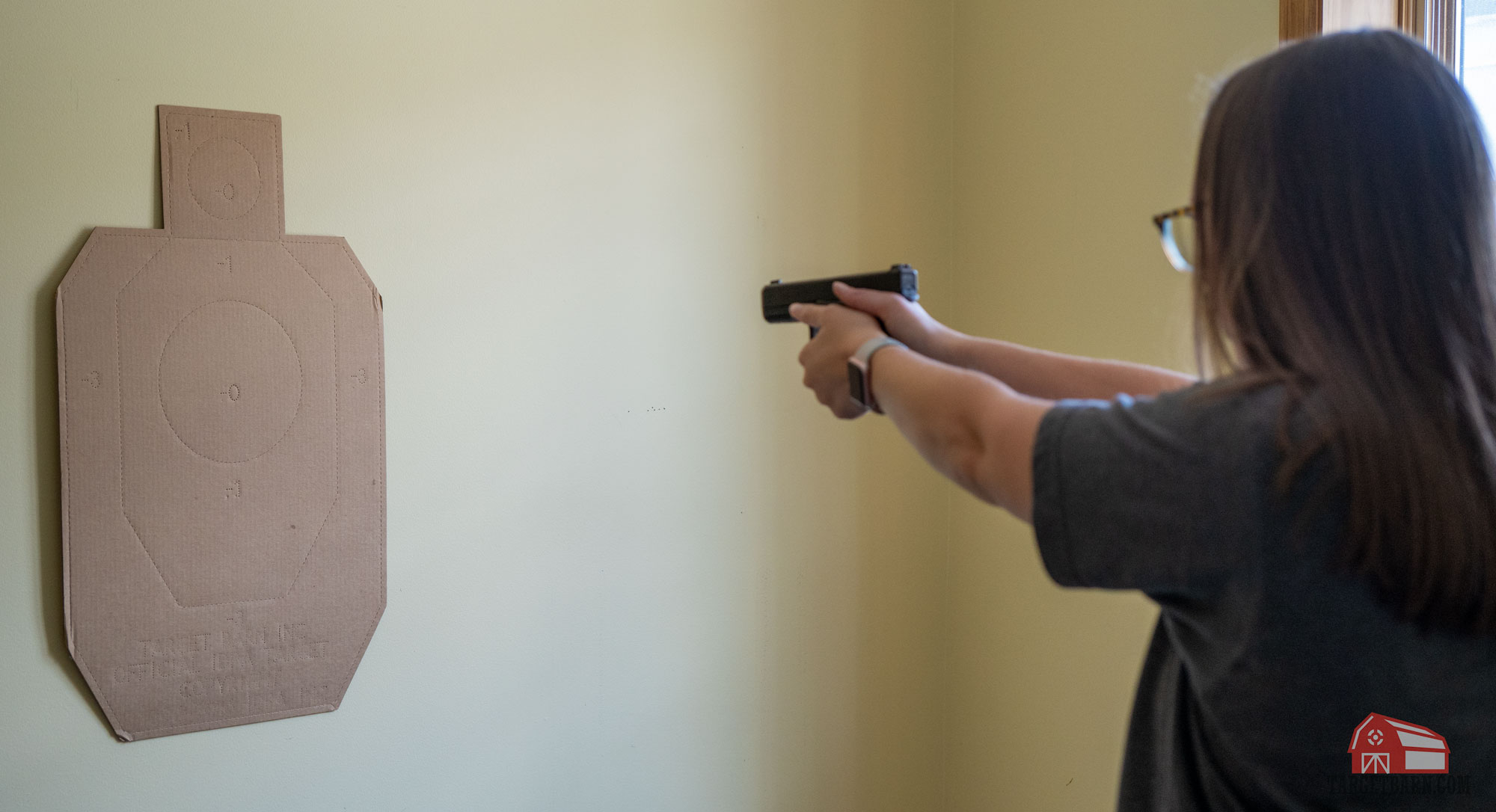
First things first: what is dry fire? Dry fire is the practice of using a gun without any ammo present to simulate various shooting acts, like drawing, reloading, or even firing. It’s perfectly safe to do with modern guns. However, I do recommend having dummy rounds or snap caps for other safety reasons, which we’ll discuss later. Further, dry fire really works. There are serious champion and professional shooters that swear by dry fire as part of their training routine.
How to Safely Dry Fire
If we’re looking at how to dry fire, the first thing we need to do is set up some safety protocols. Safety is extremely important during dry fire because we’re working with a live gun. Mistakes here mean bullets could land in something we don’t want to land a bullet in, and that’s bad.
Here are the safety steps I use to make sure I’m dry firing in an environment sterile of ammo:
- Unload my gun in a safe direction in a different room than I’m going to dry fire in
- Have a space/room where I only dry fire and never bring ammo into that room
- Load gun with snap caps, which must be clearly different from live ammo
- Use targets to dry fire at, not household objects like light switches or TVs
When I’m done dry firing and I load my gun to carry it, say out loud “dry fire is over, this gun is loaded” to anchor in my brain that I’m not touching this unless the balloon goes up.
How to Dry Fire Practice
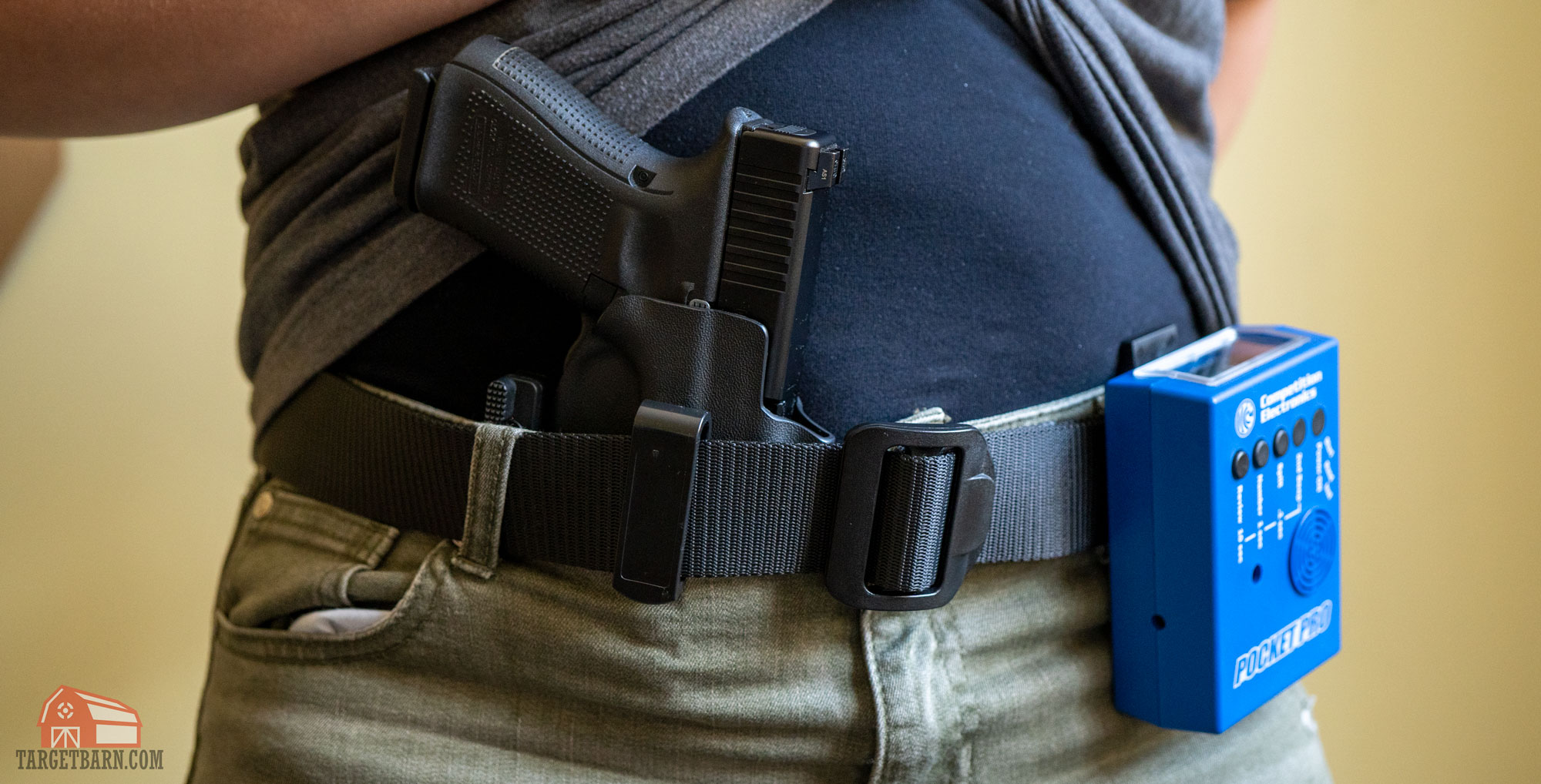
Once you’re safely in a dry fire space, here are some basic guidelines for how to dry fire successfully.
- Have a plan. Don’t just head in thinking “I’m going to dry fire today,” pick something. “I’m going to dry fire my draw from concealment” or “I’m going to work moving my eyes then the gun” are things you can plan to work on.
- The second thing to do is have goals. Make sure you have some way to measure your performance on dry fire drills, either using a shot timer or a dry fire assistance device.
Dry Fire Drills
Back to dry fire itself, once you have your safe room and your plan, there are two schools of thought on “how” to dry fire.
School 1 is to use dry fire to make your movements perfect. In School 1, you go at a comfortable, or even slow speed, trying to create the most efficient motion.
In School 2, you do all your dry fire on decreasing par times – start slow, and force yourself to go faster.
Personally, I recommend a combination of schools 1and 2. Sometimes it’s important to get perfect reps, and sometimes it’s important to go faster. Only you can figure out the right balance.
Is Dry Firing Bad for Guns?
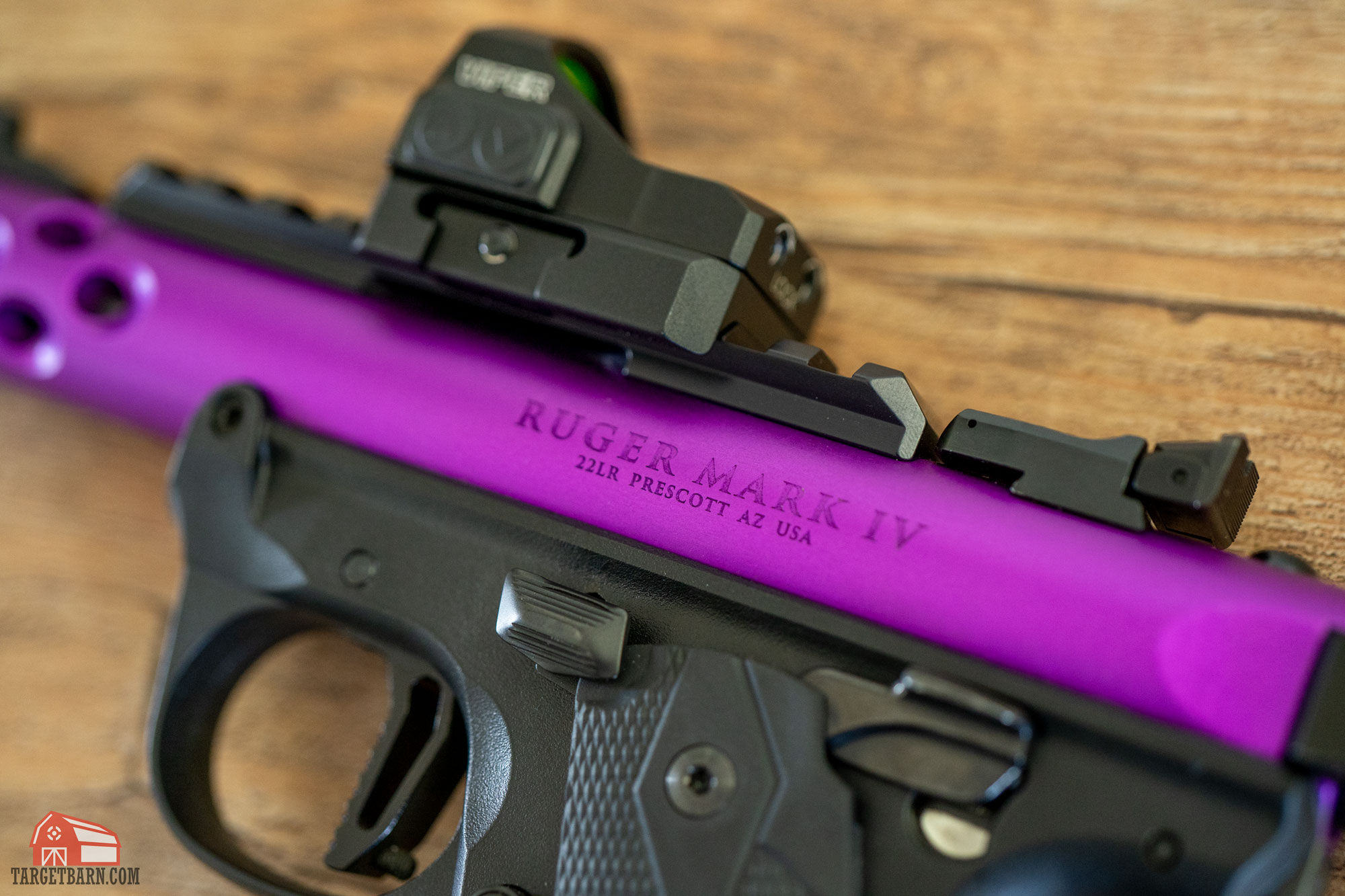
It’s pretty unlikely you’re going to harm your firearm or specifically, the firing pin. Anecdotally, I’ve only known one shooter who did damage. In that case, it was a professional shooter who put hundreds of thousands of dry fire reps on a Glock. If you’re worried about it, you can always pick up snap caps or dummy rounds.
There are a few manufacturers that warn against dry firing rimfire pistols and rifles. Aside from that, big makers like Smith & Wesson have stated it’s ok to dry fire and you shouldn’t expect damage.
What’s The Best Dry Fire Training Systems?
Let’s take a second and talk about dry fire assistance devices. Two of the most popular are the SIRT pistol and the MantisX.
I really like the SIRT pistol if you’re a Glock shooter – it gives you a Glock trigger, Glock grip angle, and Glock style reloads, all while providing important visual feedback on your trigger press and sight alignment.
I’m not a fan of the MantisX. At SHOT Show in 2018, I took a MantisX, held the gun upside down and pulled the trigger with my pinky finger. I got a score of 98, and quickly realized all the MantisX measures is whether you move the gun. It’s easy for people to “chase” a perfect trigger pull at the expense of other shooting skills, which is why I don’t recommend the MantisX.
How Often Should I Dry Fire?
Last piece of dry fire advice: don’t kill yourself with dry fire. People will set ambitious goals like “I’m going to dry fire for 1 hour every day.” Unless you’re a weirdo, you’ll do that one day and then get tired of it and not dry fire for a week. You’re better off doing five or ten good minutes 3 times a week and building consistency into your plan. That’s how you dry fire, and it’s a big part of how you get better at shooting.

